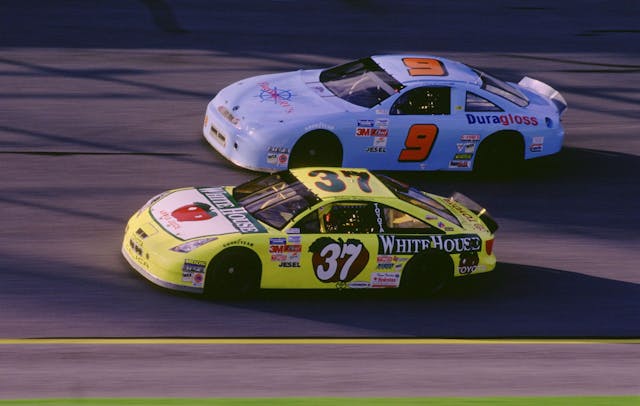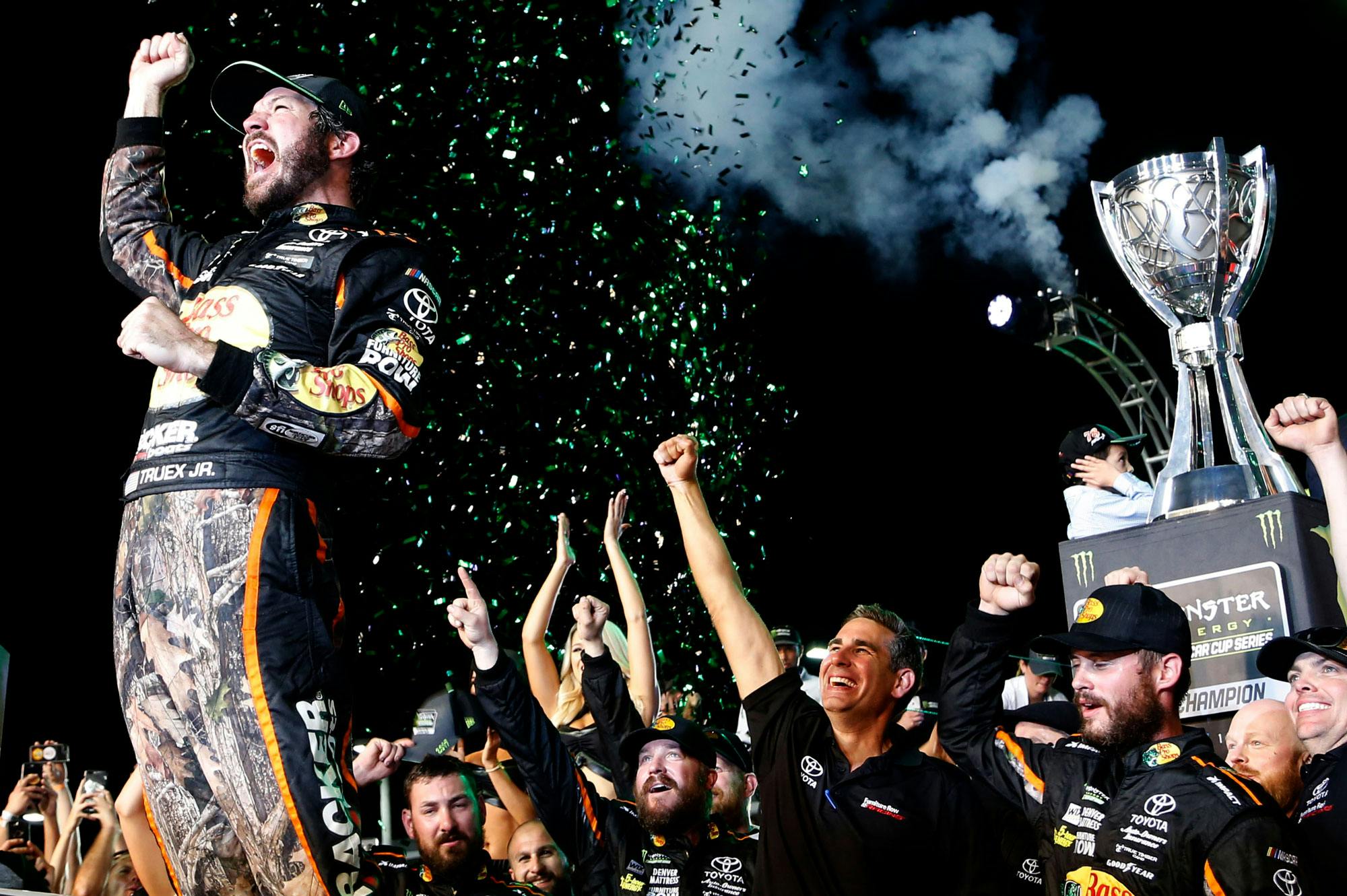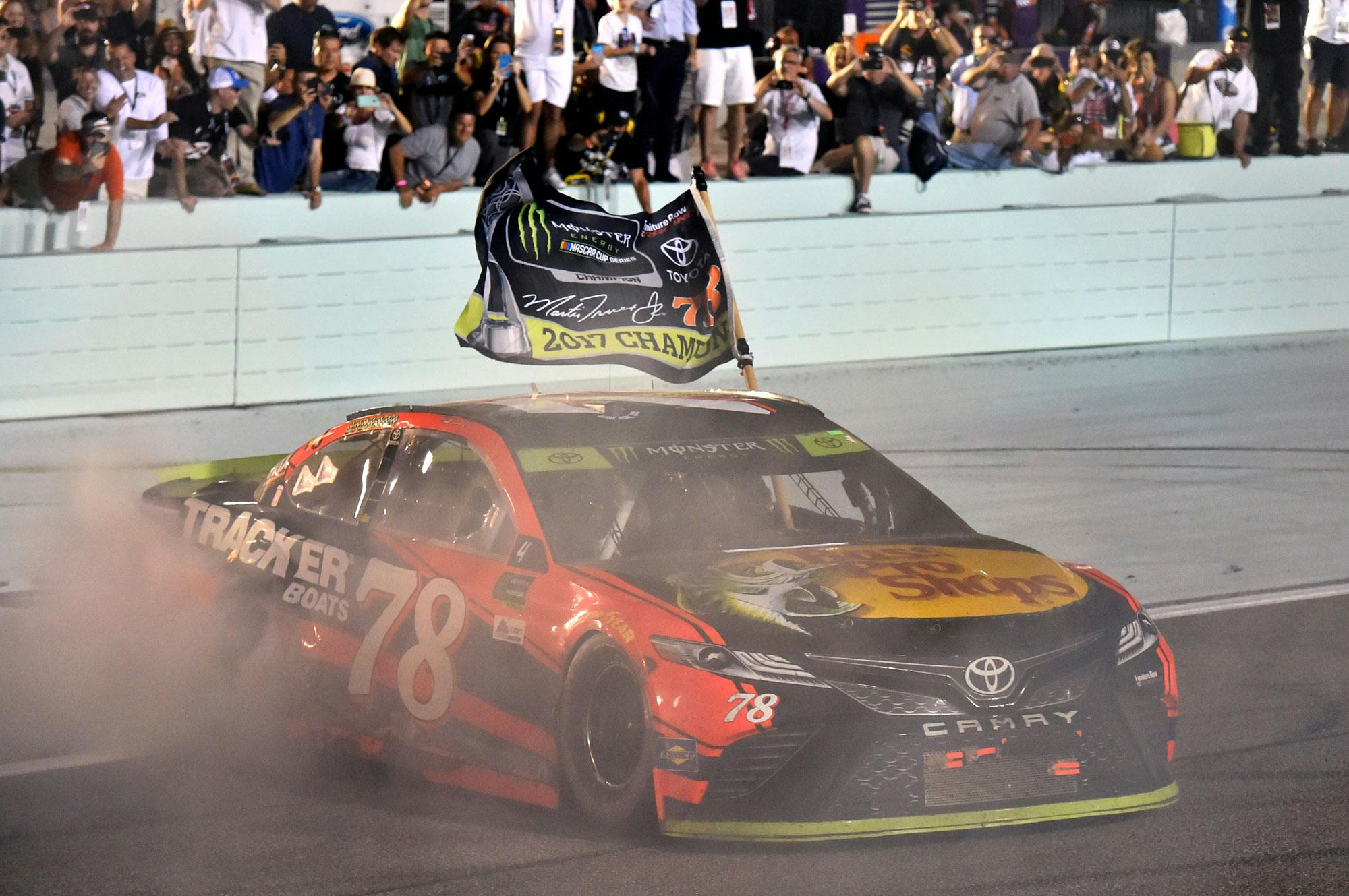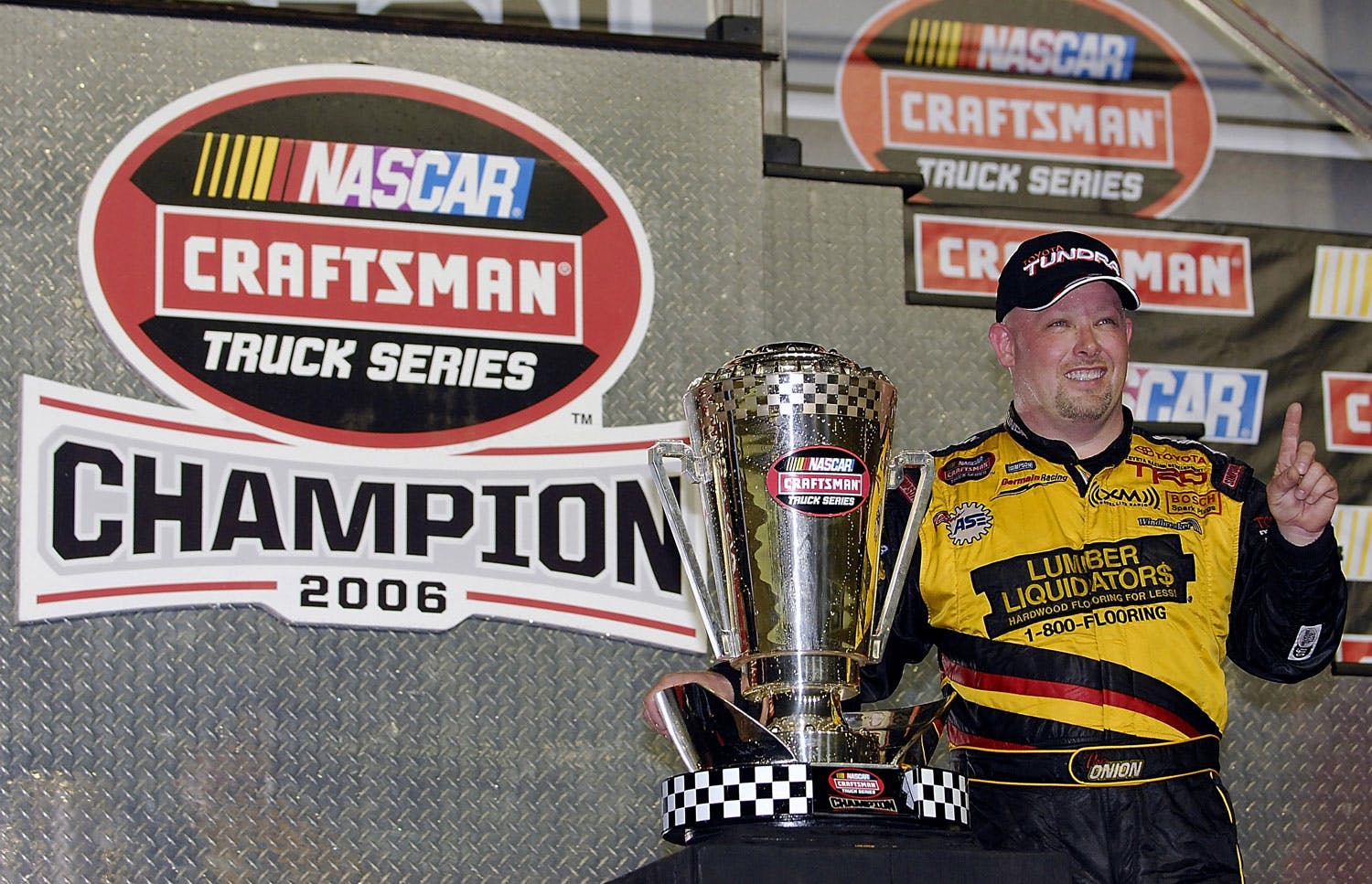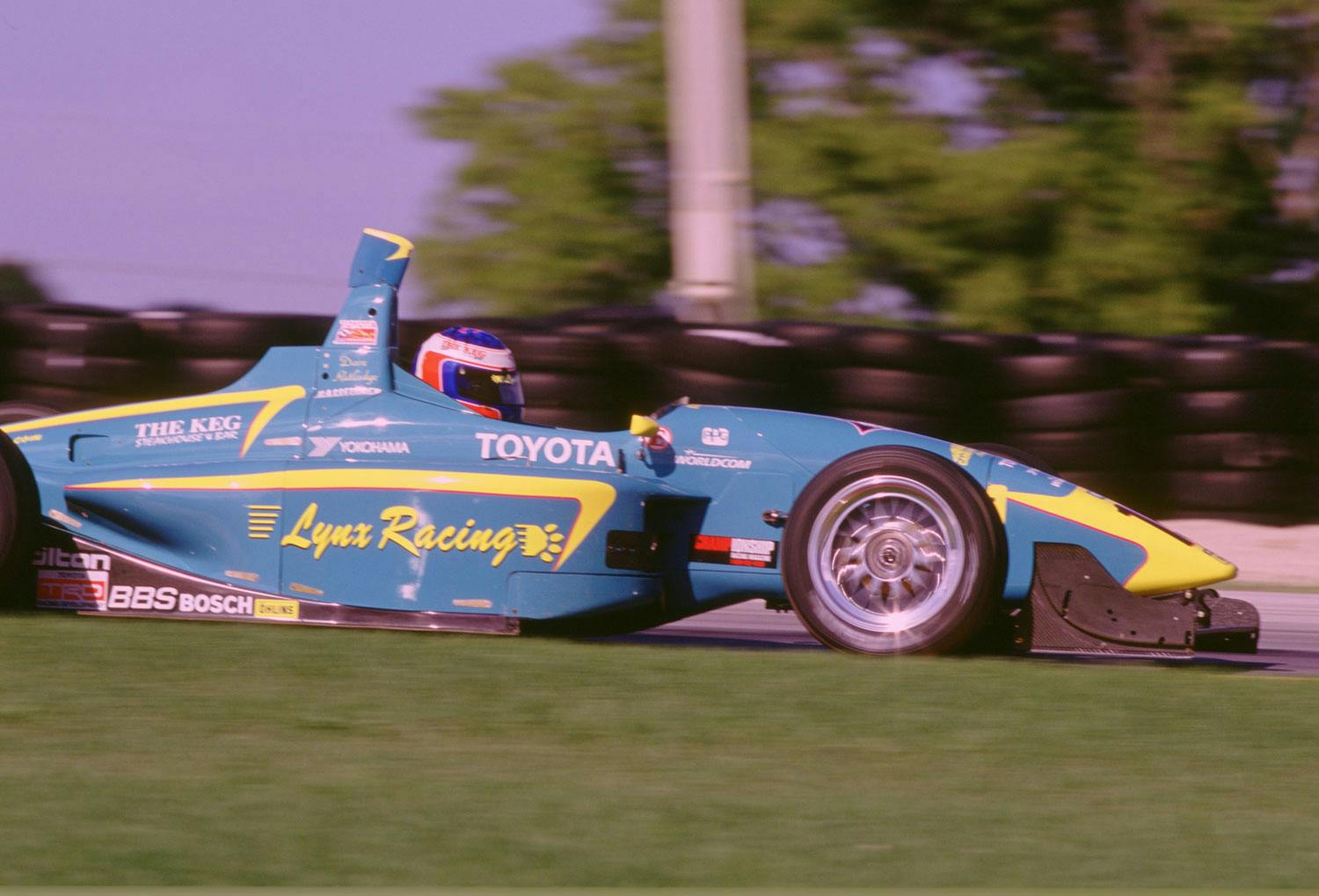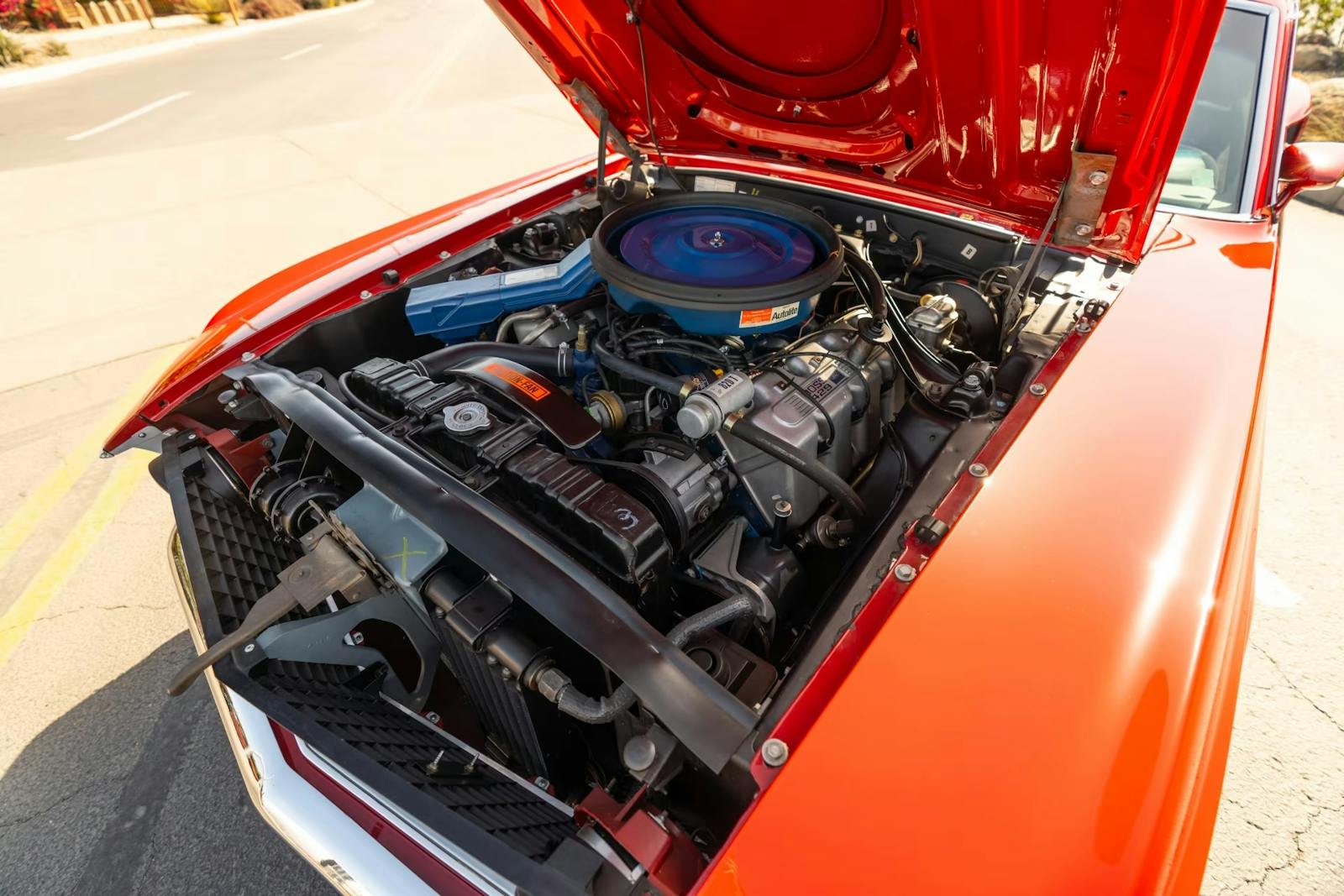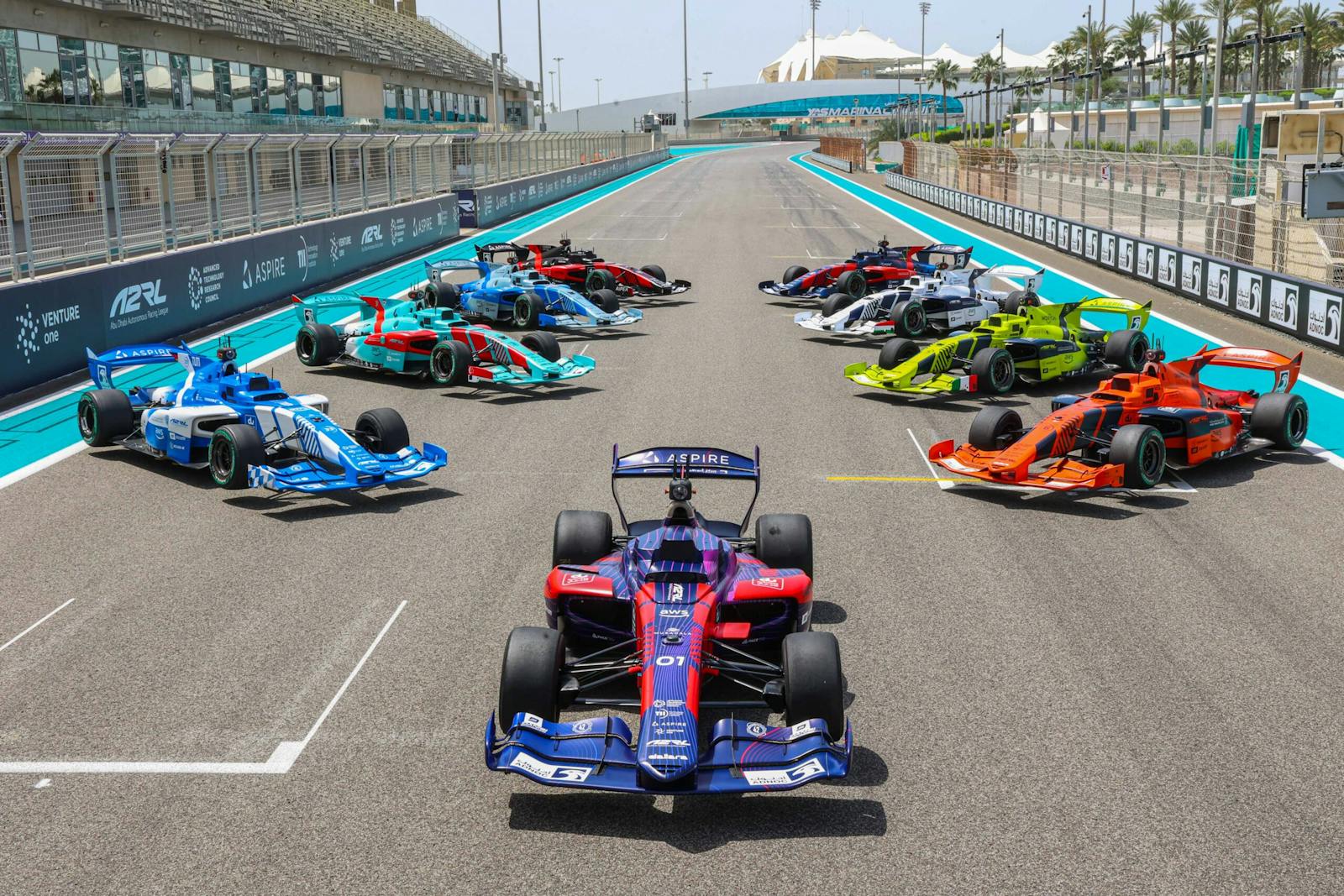Toyota Racing Development is Japan’s equivalent of AMG
In 1979, Toyota Motor Sales, USA took over Toyota Sports Corner (TOSCO), a small importer of Japanese Domestic Market speed parts for Toyotas, and launched Toyota Racing Development, much as Mercedes-Benz absorbed German tuner AMG. The “TRD” initials have since become ubiquitous on higher-performing special edition models, adorning the flanks of more than half of the pickups and SUVs Toyota sells today.
And TRD isn’t just an off-road brand. Toyota also applies its race division’s name to cars like the 86, Camry, and Avalon, tuning them with clearly discernible dynamic improvements.
Toyota dealers’ parts departments offer a variety of TRD bolt-on go-fast parts to customers, just like TOSCO did back when Americans were scanning the skies for Skylab’s plummet to earth and watching their TVs for the seemingly optimistic arrival of a new 24-hour sports network.
By 1995, if you wanted to supercharge your Camry, TRD offered the parts to do that. But racing, hot-rodding, and tuning production models for sale was a lot of work for one group. TRD itself has focused exclusively on racing since 2004, leaving Toyota to engineer the TRD-branded cars and speed parts sold to consumers.
Going racing
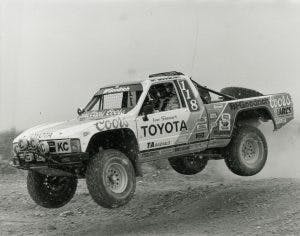
Back when a new Corolla cost $4928, Toyota was known as a small car company that also made some small pickups. Even in those early days, Toyota had much bigger ambitions, so it employed TRD to begin building the company’s reputation through competition.
Off-road racer Cal Wells, of the Precision Preparation, Inc. team, raced in Mickey Thompson’s SCORE off-road series, and he wanted to recruit driver Ivan “Iron Man” Stewart to pilot Toyota trucks for him under the TRD banner.
“I was driving a truck with a lot of horsepower and a V-8, and [Wells] said, ‘Would you like to come and drive a little mini-truck for Toyota?’” says Stewart, TRD’s first racing hero. “I said, ‘No, not really.’ Why would I?”
Stewart’s perceptions of Toyota probably mirrored those of the general public at the time, and considering the cars that the company was selling then, it was probably a fair assessment. “It is a small corporation probably—little Toyota Corporation,” Stewart says he remembers thinking at the time. “They make little trucks and little cars, and why would I want to go and race one of those?”
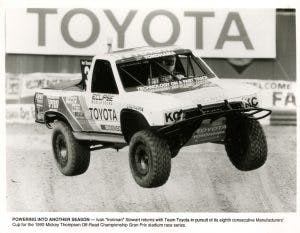
But with some cajoling from Wells, Stewart came around, and together they made off-road racing history in a partnership spanning three decades. “Anyway, I reluctantly agreed to drive a Toyota truck,” Stewart says. “I’ll never forget coming up to Toyota corporation headquarters and the press conference and all the professionalism I was seeing around me, and the dedication to motorsports and how they were going to get involved. I thought, ‘Maybe this is a good idea.’ In hindsight, it was the best decision I ever made in my racing career.”
“Can you imagine being with one manufacturer for 30 years?” he says. “Very special.”
Along the way, TRD drivers have accumulated an astounding 41 championships in various off-road racing series, establishing a reputation that has powered the popularity of Toyota 4x4s for decades.
“I race cars, but I have always been a truck guy for some reason,” recalls Toyota NASCAR Monster Energy Cup driver Martin Truex Jr. “Growing up and seeing [Stewart’s] famous colors and Toyota and the TRD and all that he stands for, that definitely sticks out for me.”
Getting on track

By the late ’80s, Toyota was selling sporty MR2s and AE86 Corollas. Inside the company, there was a grassroots effort to convert those cars’ 1.6-liter 4AG engine to racing spec as a replacement for the aged Ford Cosworth engine in the Formula Atlantic category, which was the approximation of Formula 3 in North America.
Current TRD president David Wilson worked on the fuel injection system on that engine, which went on to power cars (renamed “Toyota Atlantic”) for up-and-coming drivers like Jacques Villeneuve, Jimmy Vasser, and Patrick Carpentier. McLaren Racing CEO Zak Brown even ran a season in Toyota Atlantic in 1994.
The cars were fast and beautiful, and they launched many successful careers, but Wilson says they were not part of any planned move to open-wheel racing on asphalt. That, nevertheless, is exactly what happened.
Racing icon Dan Gurney’s sports car team employed Toyota power in its IMSA GT Celicas and GTP prototype cars to win dominant championships with a highly stressed 2.1-liter turbocharged four-cylinder engine.
During the All-American Racers years running Toyota GTP cars, the all-white Eagle Mk IIIs piloted by Juan Manuel Fangio II and P.J. Jones ran almost exclusively at the front of IMSA races, winning 21 of 27 races that included a record span of 14 consecutive victories. Fangio and Toyota were driver and manufacturer champions in ’92 and ’93.
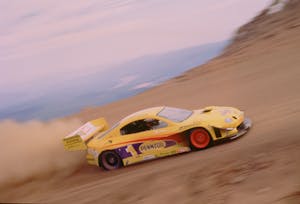
Success in 1993 may have been the most impressive part, as the car was ballasted with another 180 pounds, while the intake restrictor shrunk by 2mm and the fuel capacity was reduced by three gallons to 28 gallons.
That program’s high-water mark occurred with victory in the Rolex 24 at Daytona in 1993, an effort that Wilson says set a track record which stood until this year. “Winning the 24 with [a] 2.1-liter engine that’s so heavily boosted that we spent years developing it to keep the cylinder head from blowing off the top—on a personal level that was tremendously important.”
The company took that same engine, which produced 750 horsepower in restricted IMSA specification, and put it in Rod Millen’s Pikes Peak Celica. At sea level, this unrestricted version of the engine cranked out 1000 horsepower and propelled Millen’s Celica to a then-record time of 10:06.
Trying times at Indianapolis
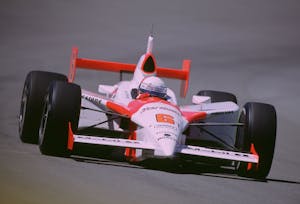
These successes spurred TRD to take on an even greater challenge: Indy cars. Toyota decided to enter the CART Indycar series in 1993, but TRD lacked the resources for such a huge undertaking. “TRD USA wasn’t equipped to take that on,” Wilson says. “The level of technology, resources, and people.”
So the team moved out of its small shop near Toyota’s headquarters in Torrance and relocated to its current Orange County facility, while it also expanded its headcount, which today numbers 240 people. “We started hiring people globally to help us with that adaptation,” recalled Wilson.
But it took time for the effort to pay off, as building adequately powerful and reliable engines for Indycar proved to be an elusive combination for TRD in its early efforts.
The resulting litany of embarrassing engine failures proved to be a true trial by fire, like the time a Toyota engine in Juan Fangio’s Gurney Eagle Indy car exploded into visible flames on the pace lap of a race. “It was one of the most painful and difficult periods of our motorsports history,” Wilson recalls.
Perhaps the most bitter part of these humiliating failures was that they could have been avoided with the stroke of a pen to a check. Ilmor Engineering had supplied Indy car engines badged first Chevrolet and then Mercedes-Benz, and legendary team owner Roger Penske offered the chance for Toyota to put its name on those valve covers and be instantly competitive.
“Our top management said that we would like to try to learn to do it on our own,” Wilson says. And they did. But it was painful at first. “The wonderful thing about struggle is it makes you appreciate success,” Wilson says.

When the reigning champion team, Target Chip Ganassi, switched to Toyota power in 2000, success was only a matter of time, and driver Juan Pablo Montoya broke through with a win at the Milwaukee Mile for Toyota’s first major open-wheel victory.
“When Juan Montoya won at Milwaukee, that was a special day,” Wilson says. “That was a tremendous climb” from the depths of embarrassment. But Wilson insists that it was important for TRD and Toyota to succeed—or fail—on its own merits. “We don’t want to buy our way into any form of racing.”
The problem was, after Toyota decided to join the CART IndyCar series, the Indianapolis Motor Speedway launched its own rival Indy Racing League with different specifications that prevented CART-spec engines from participating. “In 1994, we started testing at Indy, but we didn’t race there until 2003,” Wilson says.
That was the year TRD made the switch to building IRL-legal engines and won the Indy 500 with the same Team Penske that had once offered to arrange for Toyota to buy someone else’s engines. “By the time we won the Indy 500 in 2003, we had built TRD into a world-class motorsports engineering company,” Wilson says with evident satisfaction. “We had the capability to take any motorsports rulebook in the world and design, build, and develop a racing engine for it.”
Going South
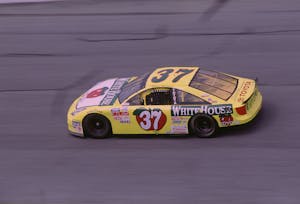
And Toyota had its eye on just such a new challenge: NASCAR. Despite the many successes Toyota ultimately enjoyed in the CART, Champ Car, and IRL IndyCar series, car shoppers and Toyota employees were alike in their indifference, Wilson recalls. “As much as we enjoyed open-wheel racing, what we came to understand was that it really wasn’t resonating.”
What was resonating with sports fans and Toyota employees at the time was NASCAR. So Toyota began to ease its way into stock car racing. TRD started in 2000, building engines for the lower-echelon NASCAR Goody’s Dash series. As with other efforts, it took time, but Toyota earned its place and driver Robert Huffman scored Toyota’s first-ever NASCAR championship three years later.

In 2004, TRD took another step closer to top-level Cup racing by entering the then-Craftsman Truck series (now Gander Outdoors) and scored a victory with driver Travis Kvapil after only 13 races. Two years later, Todd Bodine won the championship in a second NASCAR series.
For 2007, Toyota entered NASCAR’s two top-level series, Monster Energy Cup and Xfinity. Wins eluded TRD in those series in the first year, but Kyle Busch scored a Cup victory at Atlanta Motor Speedway in 2008.
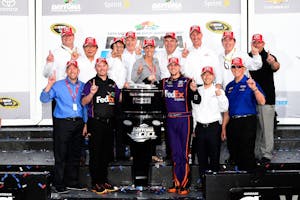
By 2016, Toyota’s NASCAR journey was complete. Toyota drivers swept the three top series’ championships, Toyota won the 2016 Monster Energy Cup manufacturers’ championship, and driver Denny Hamlin won the Daytona 500 in a Camry race car.
Which begs the question, “What next?”
“Right now we’re thrilled to be racing in NASCAR,” Wilson says. “Our team members love that we’re engaged in NASCAR. It is the Monday morning water cooler talk. We have an esprit de corps around the company from the sport. In 30 years with the company, I’ve never seen that before.”
It is the same among the car-buying public, Wilson says. “It has moved the needle on purchase consideration among [the] NASCAR fan base. They look at Toyota on par with Ford and Chevrolet. That is awesome. That’s why we go racing.”
While TRD’s employees are dedicated to motorsports, they know that selling cars is the source of their paychecks.
“In the end, it’s about helping our company sell more cars and trucks,” Wilson says. “That’s what NASCAR has proven to do more than anything we’ve ever done in racing.”
